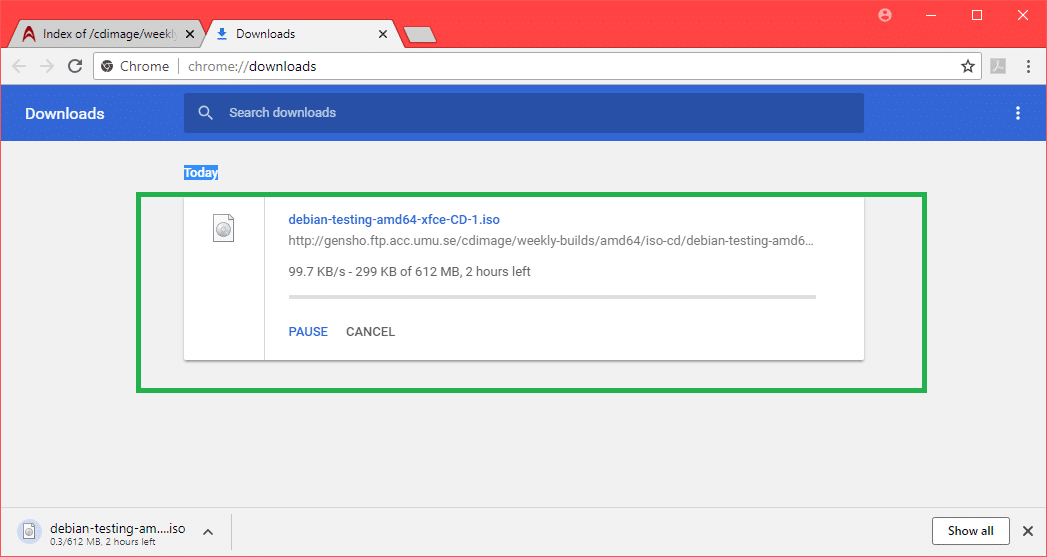
Therefore some rules have to be setup in order to restrict the package selection during regular updates/upgrades. Do some apt pinning - Important ! After adding the testing and unstable repos, if you update the system then all available updates for all installed applications would be installed right away, leading the system to an unpredictable state. Instead of testing/unstable the corresponding codenames jessie and sid can also be used deb jessie main non-free contribĭeb jessie/updates main contrib non-freeĭeb sid main non-free contrib 2. # Unstable repo main, contrib and non-free branches, no security updates here

To add the testing and unstable sources you need to add something like this to your sources.list file # Testing repository - main, contrib and non-free branchesĭeb testing/updates main contrib non-freeĭeb-src testing/updates main contrib non-free It shall be different in your sources.list file. This repository server is a mirror that is located nearest to you. Note down the url of the repository server. The /etc/apt/sources.list file on a Debian wheezy system looks something like this by default. The first step is to add the testing/unstable sources to your sources.list file. Setup the apt sources for testing/unstable repo This post is going to show you how to setup the Testing and Unstable sources on a Debian system and how to install software from them, without breaking your existing system.

Most of the time, when looking for newer versions of software applications, we would fiddle with the "Testing" repository only. So the solution is to grab it from the testing repo. But the repo had only 2.2.x and the testing repo had the required 2.4.x version. I had the task of installing Apache 2.4.x onto a Debian wheezy system. At times, when you need to get a more recent version of a particular application, then the testing/unstable repository is a good option.


 0 kommentar(er)
0 kommentar(er)
